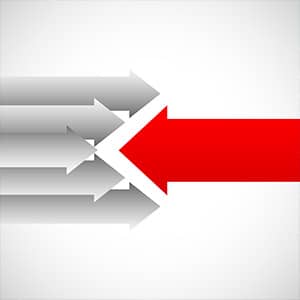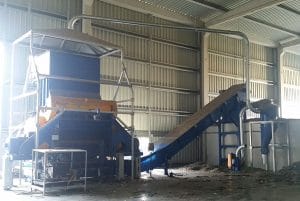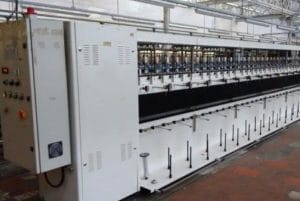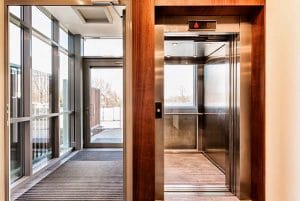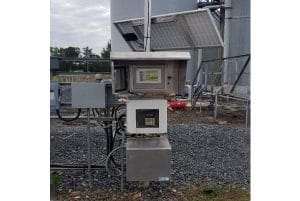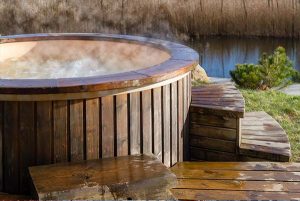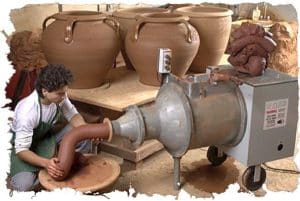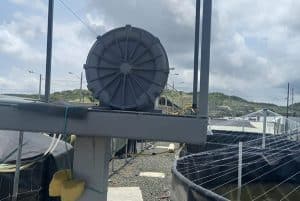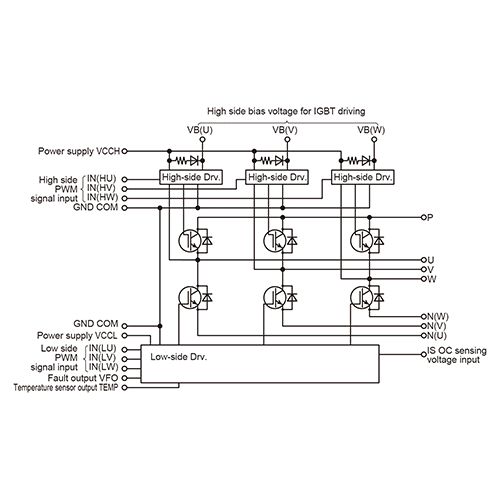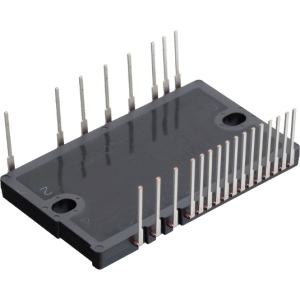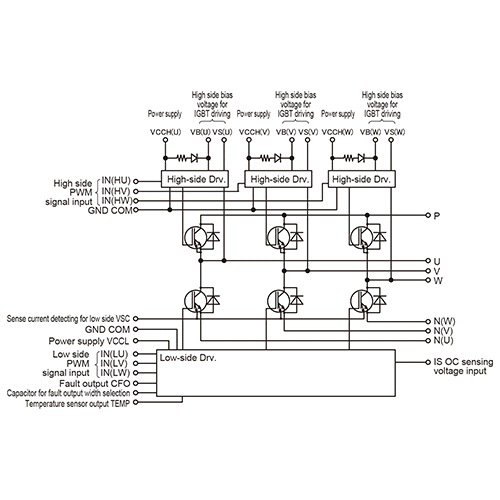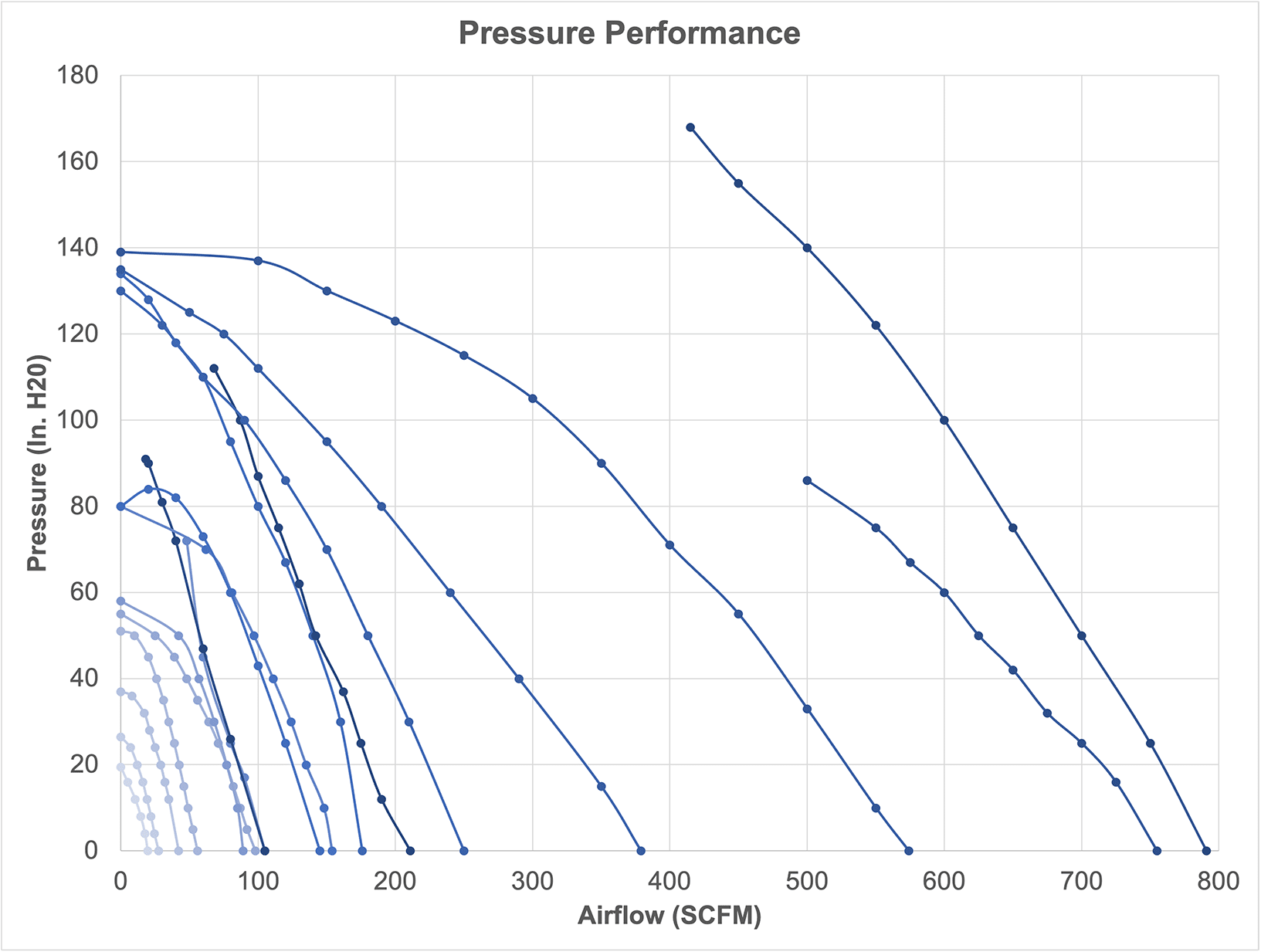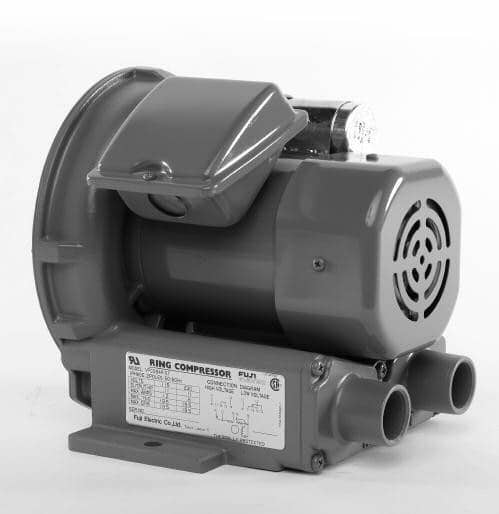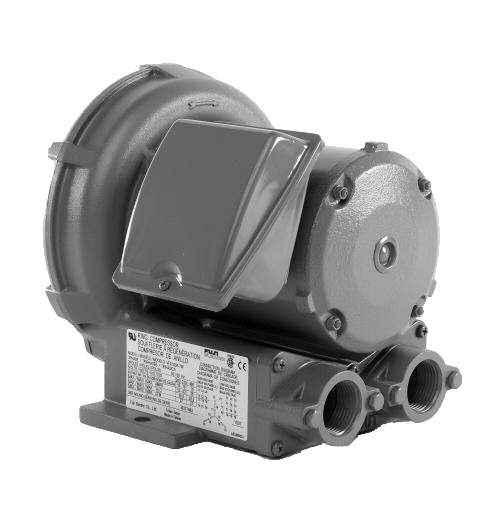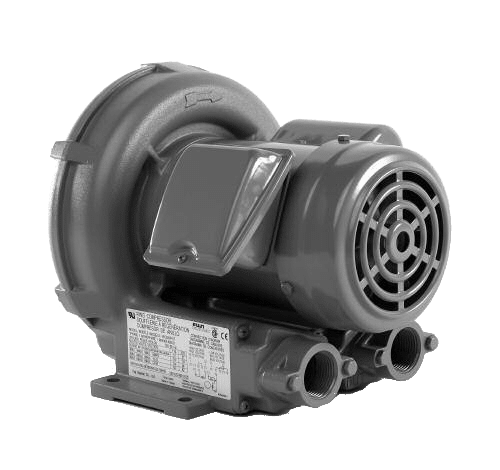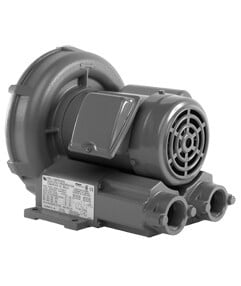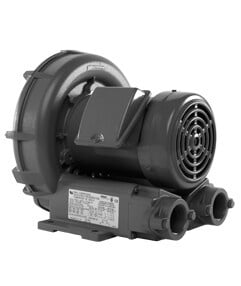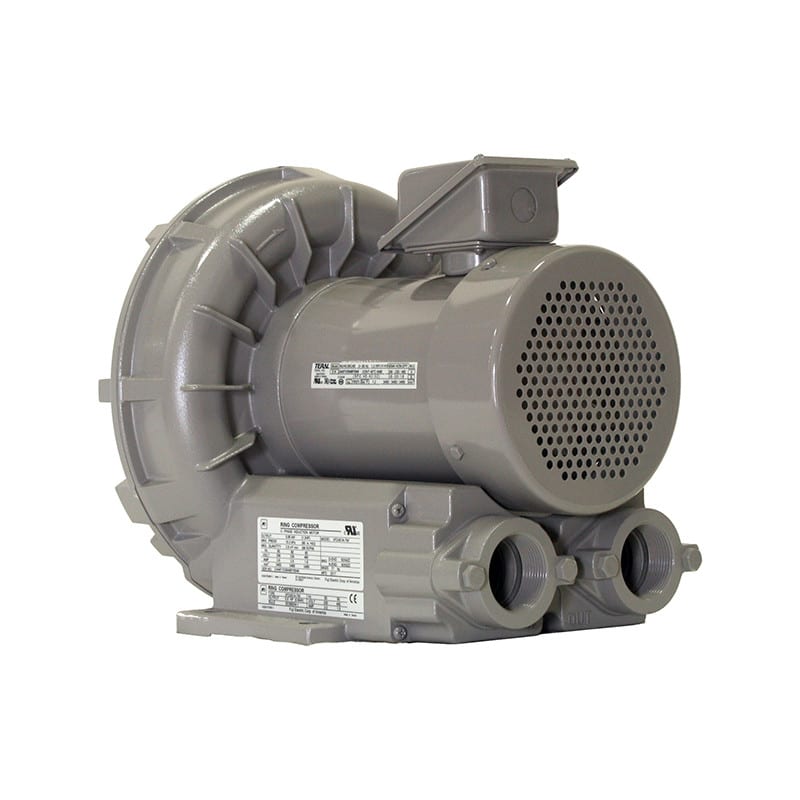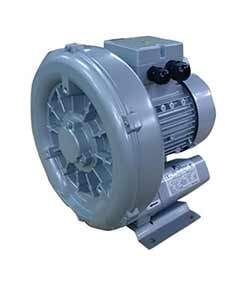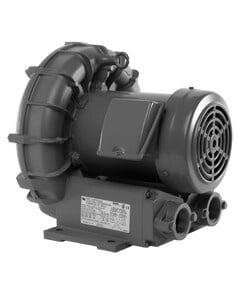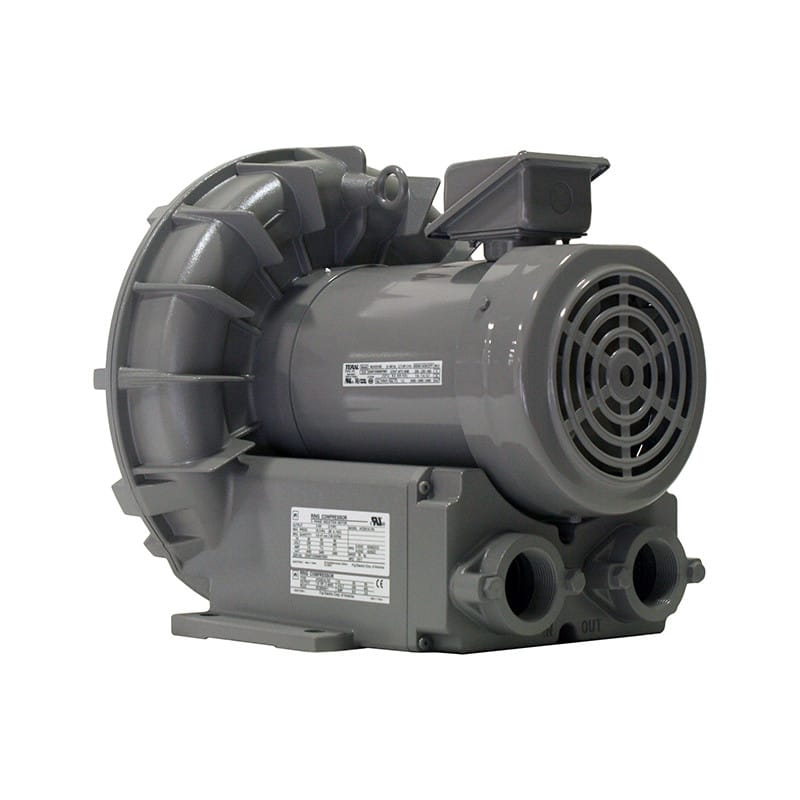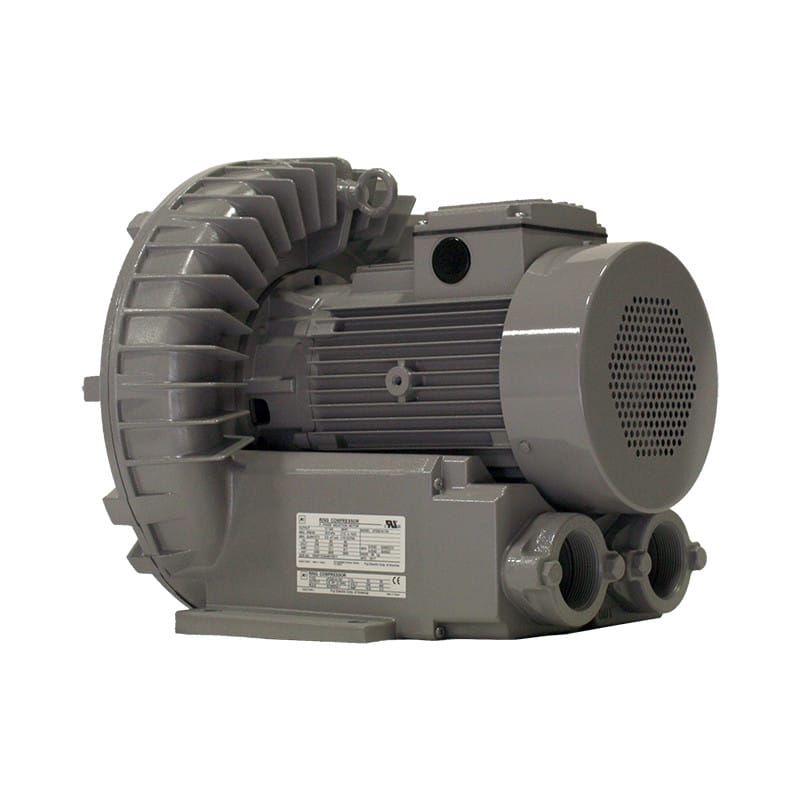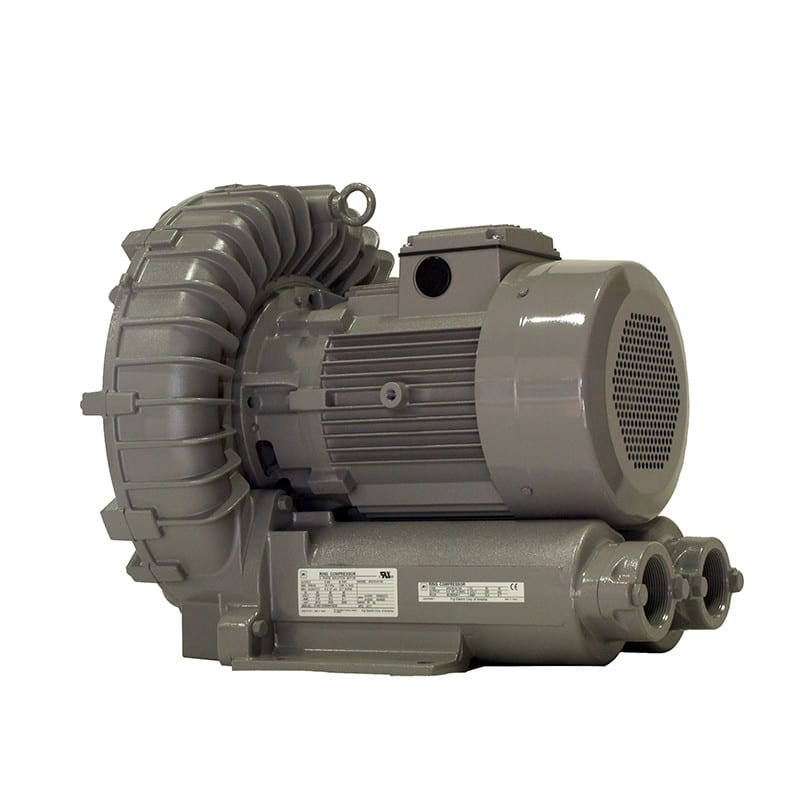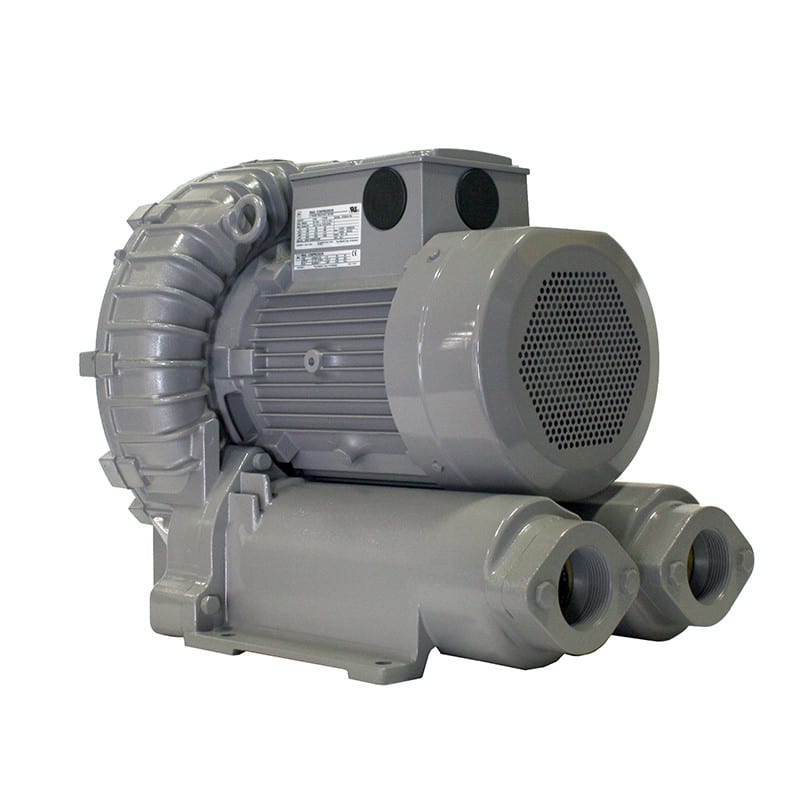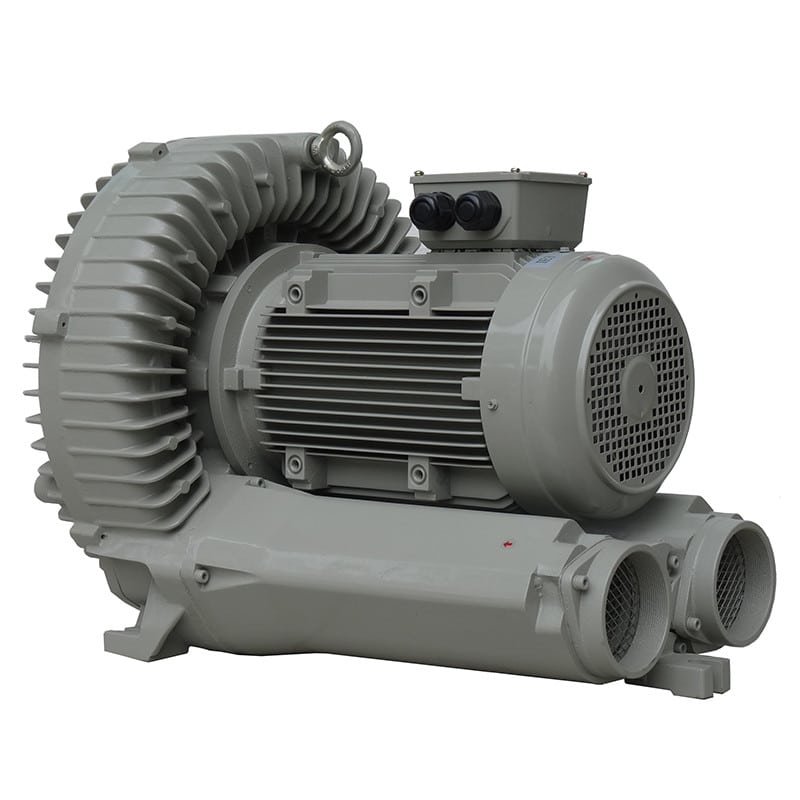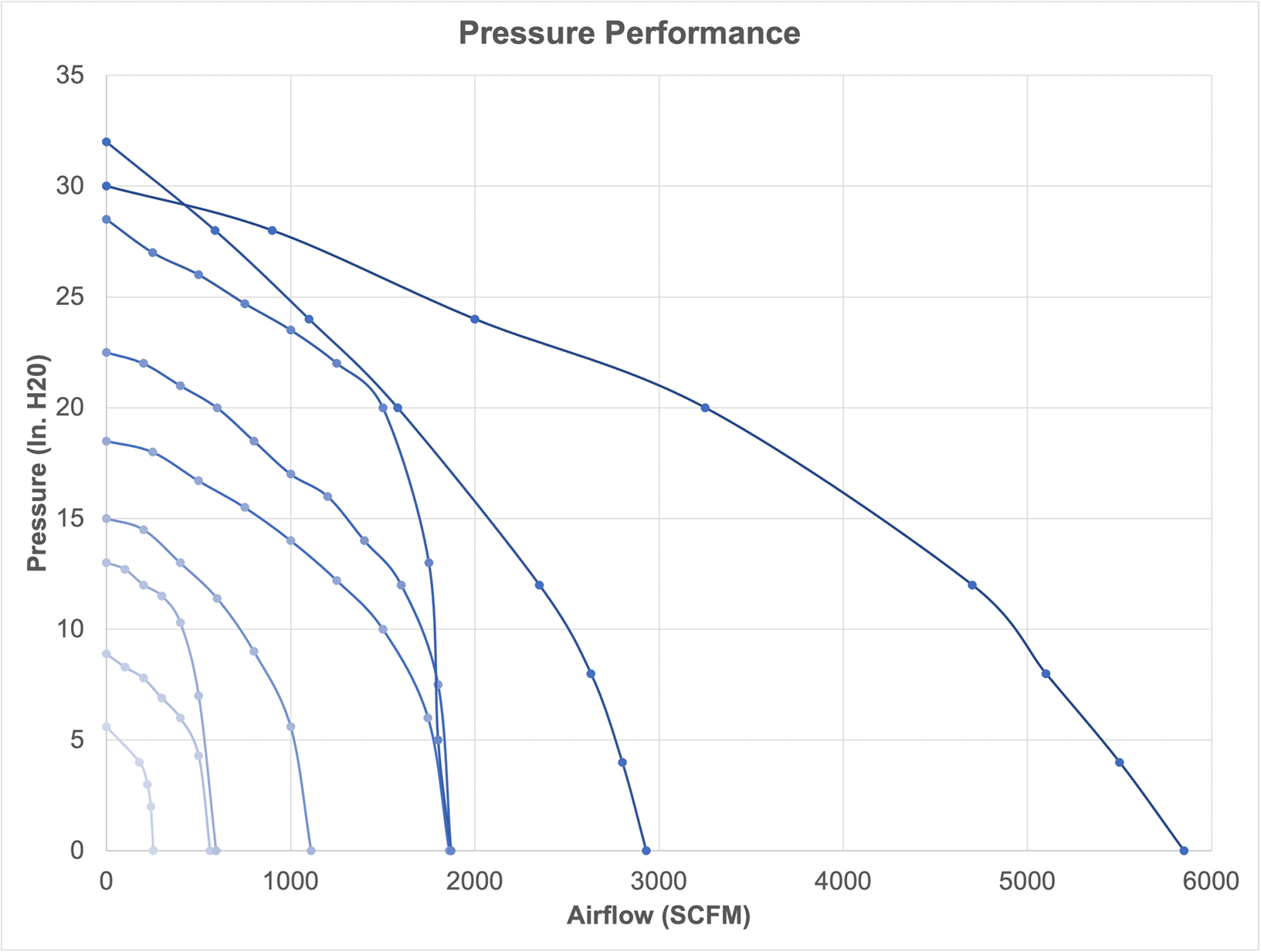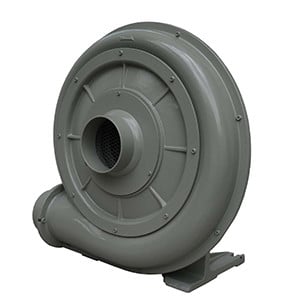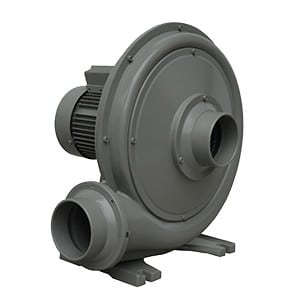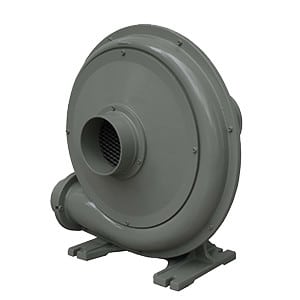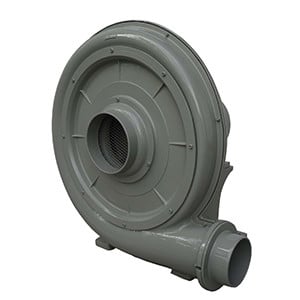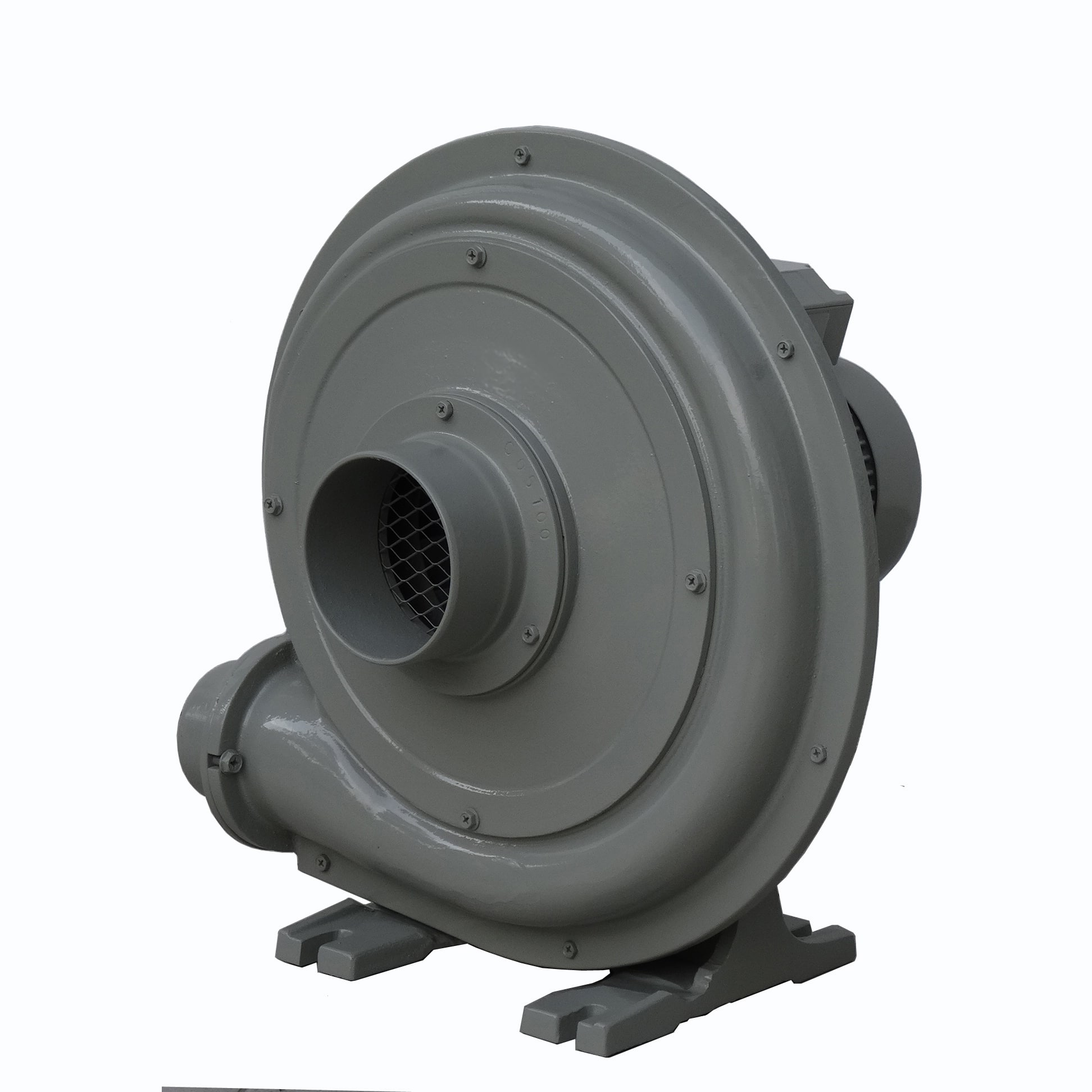Yes, Molded Case Circuit Breakers (MCCBs) can often be connected in reverse, but it depends on the specific design and ratings of the MCCB. Here’s what you need to know:
- Understanding “Reverse Connection”
- A reverse connection occurs when the line (power source) is connected to the breaker’s load terminals and the load (equipment) is connected to the line terminals.
- This configuration contrasts with the standard connection where the line terminals receive the power supply and the load terminals deliver power to the load.
- Manufacturer Guidelines
- Many MCCBs are “non-polarized”, meaning they can safely operate regardless of whether power is connected to the line or load terminals.
- However, not all MCCBs are designed for reverse connection. It is essential to:
- Check the datasheet or manufacturer’s instructions for explicit guidance.
- Look for phrases like “line and load reversible” or similar.
- Factors to Consider
Protection Functionality
- MCCBs rely on thermal-magnetic or electronic trip units to detect overcurrents and short circuits. These trip units are usually unaffected by the direction of current flow in non-polarized designs.
- For reverse connections, ensure the trip mechanism is bidirectional.
Voltage and Insulation Ratings
- The insulation and voltage withstand capability should be the same for line and load terminals. Reversing connections in breakers with unequal ratings can compromise safety.
Safety Standards
- In certain safety-critical systems or where compliance with specific standards (e.g., UL or IEC) is required, reverse connections may not be allowed even if technically feasible.
Accessories
- Accessories like undervoltage releases, auxiliary contacts, or shunt trips may rely on the standard direction of power flow for proper operation. Confirm their compatibility with reverse connections.
- Applications Where Reverse Connection Might Be Used
- Backup Power Systems:
- Reverse connection may be employed when switching between normal and backup power sources.
- Field Modifications:
- Reverse wiring is sometimes necessary in retrofit installations where rewiring the power supply is impractical.
- Risks of Incorrect Reverse Connection
- Improper Tripping: Some MCCBs might fail to trip correctly if they are not designed for reverse current flow.
- Damage to Accessories: Accessories connected to the MCCB might not function as intended.
- Voided Warranty: Non-compliance with manufacturer guidelines can void the warranty or certification.
- Best Practices
- Read the Documentation: Always refer to the manufacturer’s datasheet or manual to confirm compatibility with reverse connections.
- Testing: If unsure, consult with the manufacturer or test the breaker under controlled conditions.
- Marking: Clearly label reverse-connected breakers to prevent confusion during maintenance or troubleshooting.
Many MCCBs can be connected in reverse if explicitly allowed by the manufacturer. Always verify compatibility and consider potential impacts on accessories, functionality, and safety. When in doubt, consult the manufacturer or a qualified engineer.

